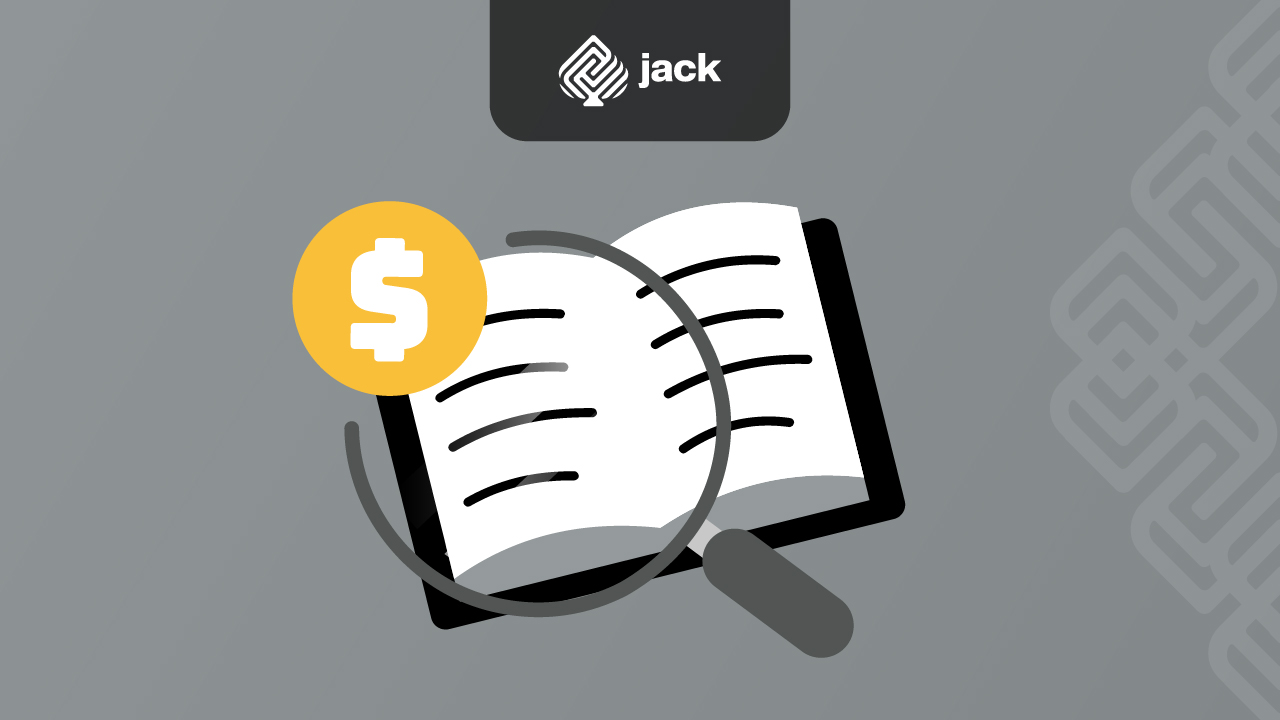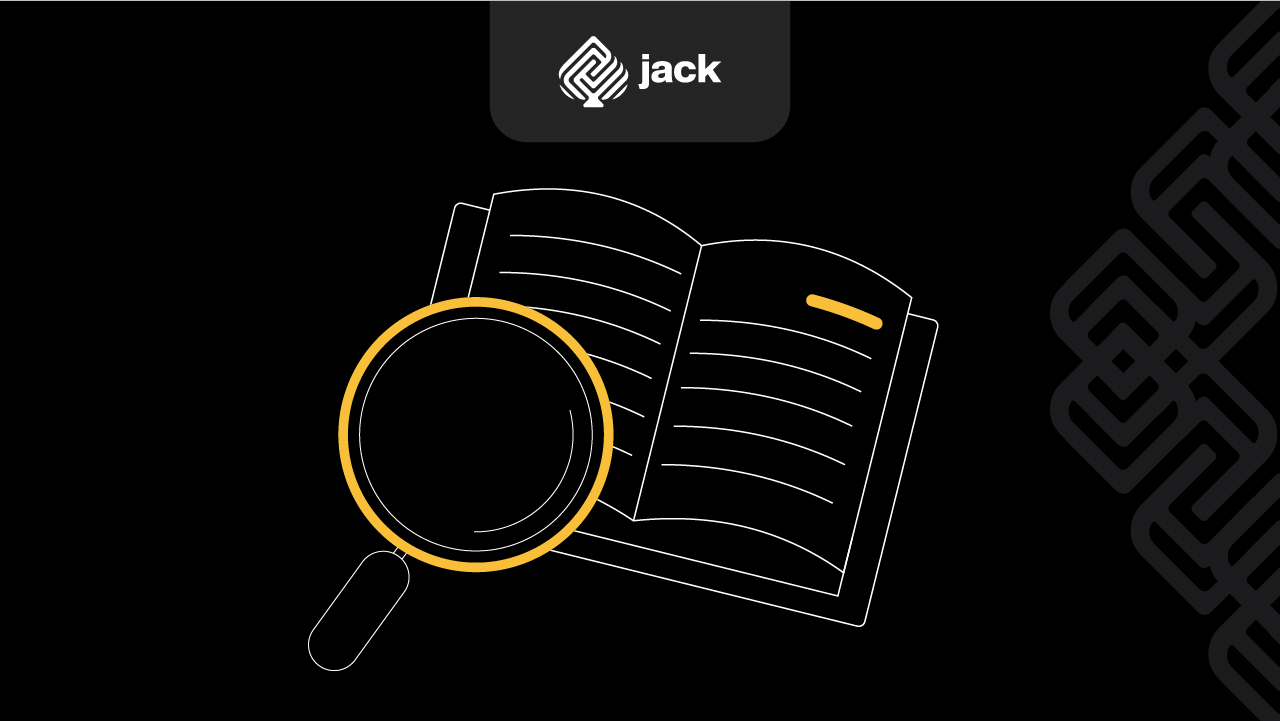For employees in a large company, they are likely familiar with the employee savings scheme called payroll bank. Currently, the payroll bank system is widely implemented in most companies, especially high-class companies.
In this case, the payroll bank is one way to deposit salaries for employees on predetermined dates regularly. The management of payment through payroll can be done by the Human Resources (HR) team in the institution.
To understand what the payroll system is and its employee savings scheme, please read the explanation below.
Definition of Payroll Bank

Payroll bank is a system for paying workers. It involves calculating the components, supporting elements, and the payment process within a specific period of time. An example of a payroll system is the use of a payslip as evidence of wage payment.
Some people also refer to payroll bank as the process of providing a certain amount of money to workers based on their performance over a specific period of time. During this process, the company usually determines a payment period, which is commonly around the 25th to 30th of the month.
Benefits of Using Payroll Bank

When creating employee savings using the Payroll Bank, the company can enjoy the following benefits:
1. Time Savings
The first benefit of using payroll bank is time savings in managing employee salaries. This is because the total earnings of employees from various components, such as basic allowances, additional bonuses, employment insurance (BPJS Ketenagakerjaan), and taxes, can be automatically calculated.
Another benefit of using the employee savings method is reducing the tasks of the HR department. They no longer need to go to the bank to deposit salary payments. This is possible because payroll bank is a system that can directly distribute employee salaries to their respective accounts.
2. Cost Efficiency
Another benefit of distributing salaries through payroll bank is cost efficiency. This is because everything can be handled using a single system.
In addition, financial institutions usually provide administrative policies that can be customized to the company’s needs. This eliminates the need for the company to incur additional costs in handling its employees’ salaries.
3. Transparency in the Payment Process
As previously explained, payroll bank is a system that provides services. Employees of the company can access various important information, especially regarding the components involved in calculating their monthly salaries.
This can be done because during each distribution, the payroll bank also provides electronic payslips to employees. Electronic payslips are considered to have many advantages, one of which is being safer and more efficient in storing data compared to paper-based payslips. Manual methods are prone to damage and easy to lose.
4. Smooth Salary Management
The final benefit is that the process of managing employees’ salaries becomes much easier. This is because all employee account data is integrated with banking financial services.
Moreover, the issue of distributing salaries to employees can be resolved relatively quickly, usually within less than a day. Therefore, the company can avoid delays in paying its employees’ salaries.
Employee Savings Scheme Through Payroll System

After understanding its various benefits, let’s explore the employee savings scheme through the payroll system as follows.
1. Pre-Payroll
The first employee savings scheme through payroll is the pre-payroll stage. In this stage, the company will review policies related to salaries, allowances, leaves, and attendance regulations. Subsequently, the company will start collecting the necessary data.
This stage usually involves various divisions and teams to ensure that information regarding changes in salaries and employee attendance is promptly gathered. The next step in the pre-payroll stage of the payroll bank system is to validate the collected data.
The collected data will be analyzed for compliance with company policies. During this phase, the company will also ensure that no employee is missed or left out.
2. Payroll Processing
After the pre-payroll stage, the process moves into payroll processing. This is the stage where the validated data will be entered into the payroll system for processing.
The result of this process is the net payment after adjusting for taxes and necessary deductions. Once this process is completed, the next step is to review and verify the accuracy of the data to avoid any errors.
3. Post-Payroll
In this stage, all legally required salary deductions such as income tax will be recorded. The payroll administration team will then send reports to the relevant government agencies as required. The HR team will collaborate with the financial team to record all financial transactions related to the payroll process. This is because salaries are one of the most significant components of operational expenses and need to be recorded in the company’s books.
Additionally, payroll management needs to ensure the accuracy of all salary data entered into the company’s accounting or Enterprise Resource Planning (ERP) system. After data collection, salaries can be paid in cash, by check, or through bank transfers. Typically, companies deposit salaries directly into employees’ bank accounts.
After making salary payments, the company will receive statements from the bank, which generally include details such as employee IDs, bank account numbers, and the amount of wages. If the company uses payroll software, they can easily publish payslips and send them to employees’ emails or accounts. After completing payroll processing for a specific month, the finance department or management team may request various reports, such as employee salary costs per division or location.
Utilize Jack for your business needs
That concludes the employee savings scheme through the payroll system. We hope this information is beneficial to you.






